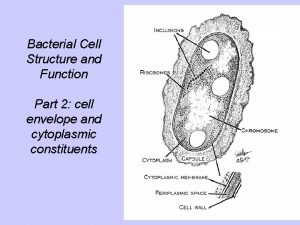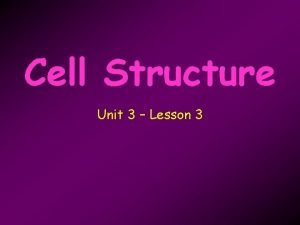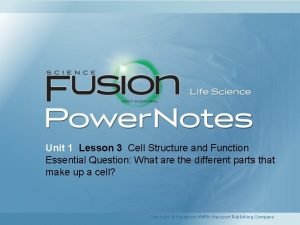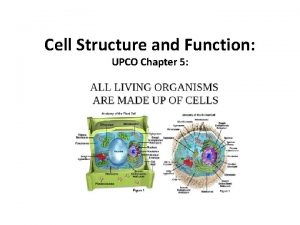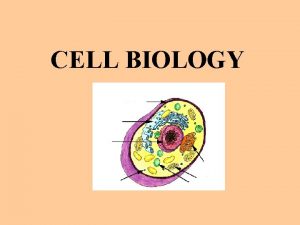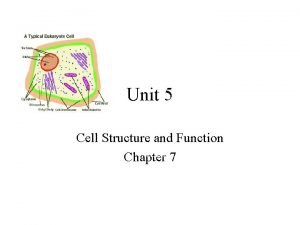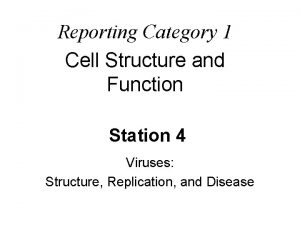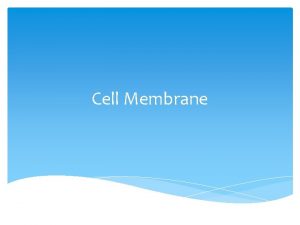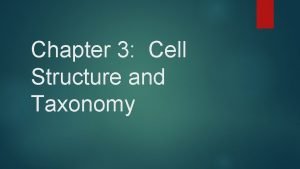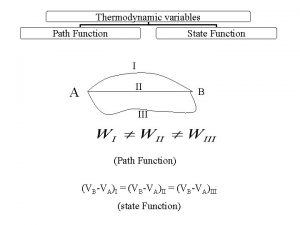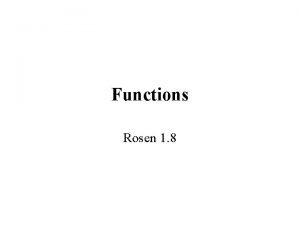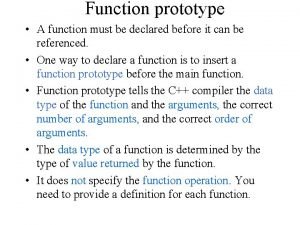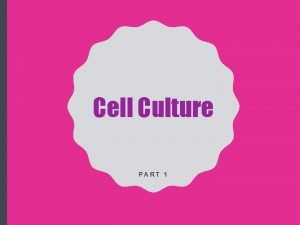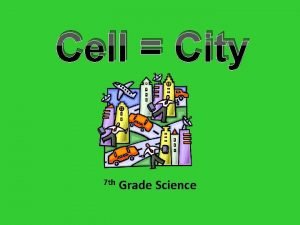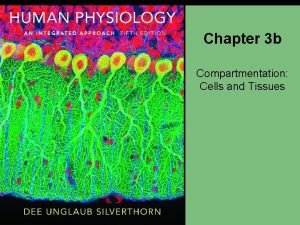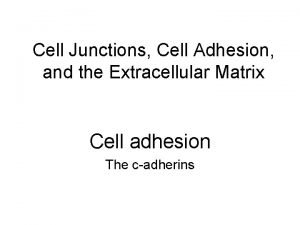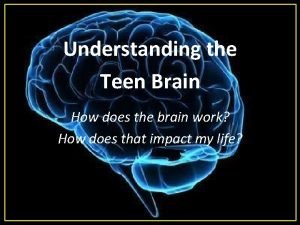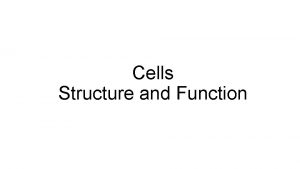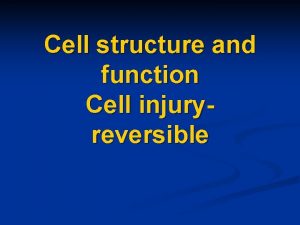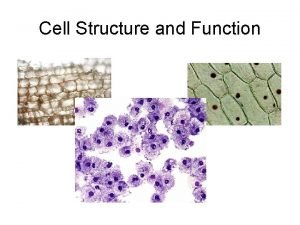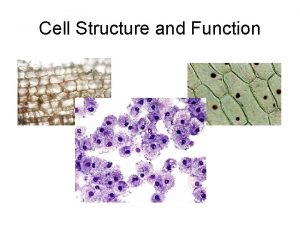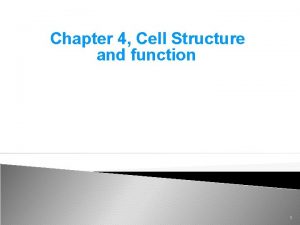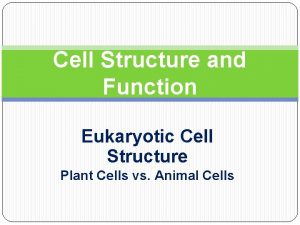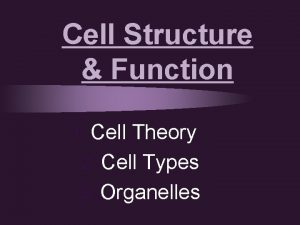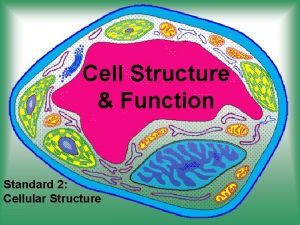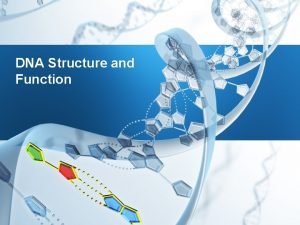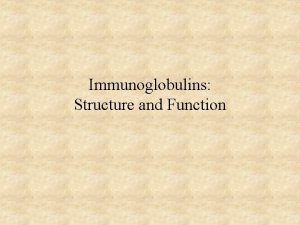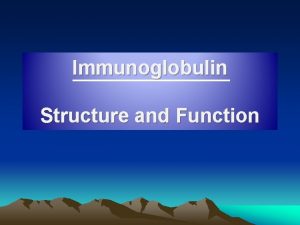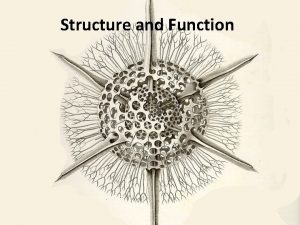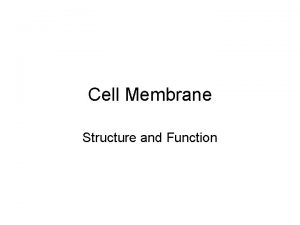Cell Structure and Function Cell Structure Cell Function




















































- Slides: 52

Cell Structure and Function

Cell Structure Cell Function Cell Theory & Cell Organization Cell Transport Random 10 10 10 20 20 20 30 30 30 40 40 40 50 50 50

Question 1 - 10 • Organism whose cells contain a nucleus?

Answer 1 – 10 • Eukaryote

Question 1 - 20 • What are specialized structures within a cell that perform important cell functions?

Answer 1 – 20 • Organelles

Question 1 - 30 • What is the thin, double-layered sheet around the animal cell.

Answer 1 – 30 • Cell membrane

Question 1 - 40 • What are the granular materials visible within the nucleus?

Answer 1 – 40 • Chromatin

Question 1 - 50 • Is this a plant or animal cell? Why? (4 answers)

Answer 1 – 50 1. 2. 3. 4. Cell Wall Large vacuole Chloroplasts Rectangular shape

Question 2 - 10 • What is the main function of the cell wall?

Answer 2 – 10 • To support and protect the cell.

Question 2 - 20 • What are threadlike structures that contain the genetic information of the cell called?

Answer 2 – 20 • Chromosomes

Question 2 - 30 • List two functions of the cytoskeleton.

Answer 2 – 30 • To maintain shape • To aid in movement

Question 2 - 40 • What are the two functions of the nucleus?

Answer 2 – 40 • Contains the cells genetic material in the form of DNA. • Controls cellular activity “control center” of the cell.

Question 2 - 50 • What would be the result of a cell not having ribosomes?

Answer 2 – 50 • No proteins.

Question 3 - 10 • Name an example of an organ.

Answer 3 – 10

Question 3 - 20 • A group of similar cells that perform a particular function is called _____?

Answer 3 – 20 • Tissue

Question 3 - 30 • Who was the first person to identify and see a cell?

Answer 3 – 30 • Robert Hooke

Question 3 - 40 • List the four levels of organization in order from simplest to most complex.

Answer 3 – 40 • Cell > Tissue > Organ System

Question 3 - 50 • What does cell theory state?

Answer 3 – 50 • All living things are composed of cells. • Cells are the basic units of structures and function in living things. • New cells are produced from existing cells.

Question 4 - 10 • Molecules tend to move from an area where they are more concentrated to an area where they are less concentrated. This process is called ________.

Answer 4 – 10 • Diffusion

Question 4 - 20 • A type of membrane that allows some molecules to pass through and does not allow others to pass through.

Answer 4 – 20 • Selectively permeable.

Question 4 - 30 • What is passive transport?

Answer 4 – 30 • Diffusion that does not require energy.

Question 4 - 40 • Explain Osmosis.

Answer 4 – 40 • Water moving from an area of high concentration to and area of low concentration.

Question 4 - 50 • How do facilitated diffusion and active transport differ?

Answer 4 – 50 • FD – movement of larger molecules across the cell membrane through protein channels. Does not require energy. • AT – Movement of material across the cell membrane against a concentration difference. This does require energy.

Question 5 - 10 • Prokaryotes lack a _______.

Answer 5 – 10 • Nucleus.

Question 5 - 20 • The cells in a multicellular organism have specific jobs. This is called cell ______.

Answer 5 – 20 • Specialization

Question 5 - 30

Answer 5 – 30 • Centrioles

Question 5 - 40 • Compare a cell from a unicellular organism with a cell from a multicellular organism.

Answer 5 – 40 • Uni - the cone cell carries out all of the life processes of the organism. • Multi – Cell are specialized to only carry our specific functions. They rely on either specialized cell in the same organism to complete other life processes.

Question 5 - 50 • Compare the cell membrane to a mosaic.

Answer 5 – 50 • Mosaics are made up of many difference tiles and the cell membrane is made up of many difference molecules.
 Bacterial cell structure and function
Bacterial cell structure and function Lesson 3 cell structure and function answer key
Lesson 3 cell structure and function answer key Organelle graphic organizer
Organelle graphic organizer Animal vs plant cell
Animal vs plant cell Cell
Cell Eukaryotic cell structure
Eukaryotic cell structure Chapter 7 cell structure and function section review 7-2
Chapter 7 cell structure and function section review 7-2 Cell organelles graphic organizer
Cell organelles graphic organizer Chapter 5 cell structure and function
Chapter 5 cell structure and function Plastids in plant cell
Plastids in plant cell Unit 5 cell structure and function answer key
Unit 5 cell structure and function answer key Category 1 cell structure and function
Category 1 cell structure and function Category 1 cell structure and function
Category 1 cell structure and function Category 1: cell structure and function
Category 1: cell structure and function What is the function of a cell
What is the function of a cell Denuding tower
Denuding tower Prokaryotic reproduction
Prokaryotic reproduction Venn diagram of plant and animal cell
Venn diagram of plant and animal cell Vacuole function
Vacuole function Primary voltaic cell
Primary voltaic cell Difference between plant cell and bacterial cell
Difference between plant cell and bacterial cell Section 10-2 cell division
Section 10-2 cell division Life
Life Chapter 4 cell theory and cell study
Chapter 4 cell theory and cell study Idealized animal cell
Idealized animal cell Walker cell and hadley cell
Walker cell and hadley cell Cell cycle and cell division
Cell cycle and cell division Animal cell venn diagram
Animal cell venn diagram Phases of cell cycle
Phases of cell cycle Chapter 21 electrochemistry
Chapter 21 electrochemistry What is the gooey liquid in plant and animal cells
What is the gooey liquid in plant and animal cells School community definition
School community definition Plasma membrane location and function
Plasma membrane location and function Cell structure and taxonomy
Cell structure and taxonomy State vs path function
State vs path function One one function and onto function
One one function and onto function Function prototype and function definition
Function prototype and function definition Cell city analogy
Cell city analogy Prokaryotic cell vs eukaryotic cell
Prokaryotic cell vs eukaryotic cell Concentration cell definition
Concentration cell definition Dry cell vs wet cell
Dry cell vs wet cell Cell wall vs cell membrane
Cell wall vs cell membrane Cell line vs cell strain
Cell line vs cell strain Finite and continuous cell lines
Finite and continuous cell lines Cell city introduction
Cell city introduction Cell-cell junction
Cell-cell junction Cell-cell junction
Cell-cell junction What cell organelle is like lysol spray cleaning the cell
What cell organelle is like lysol spray cleaning the cell Eukaryotic cell animal cell
Eukaryotic cell animal cell Eukaryotic life
Eukaryotic life Biology.arizona.edu/cell bio/activities/cell cycle/01.html
Biology.arizona.edu/cell bio/activities/cell cycle/01.html Matlab string builder
Matlab string builder Brain structure and function
Brain structure and function
